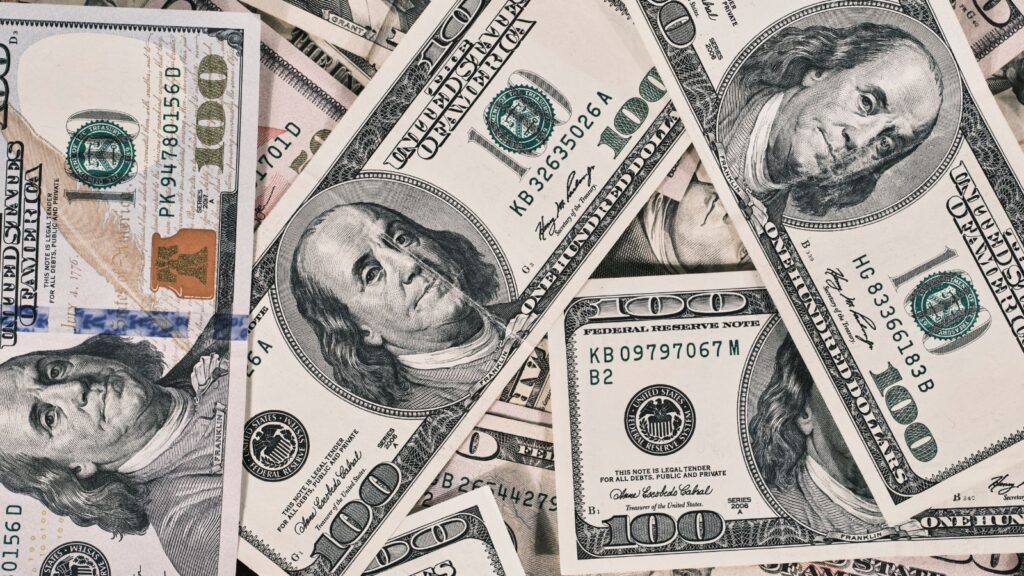Investors keep a close watch on precious metals for their stability in uncertain economies. Gold and silver stand out as trusted assets during financial turmoil or inflationary spikes, offering a shield against currency devaluation.
Modern markets, however, add layers of complexity. From industrial demand to shifts in global monetary policy, these factors influence the prices of metals far beyond their perceived rarity.
Understanding what drives these values reveals why they remain pivotal in both traditional and modern portfolios, and this article will help you get started.
Industrial Demand Puts Silver and Platinum to Work
Automotive, electronics, and solar industries lean heavily on silver and platinum. Silver’s conductivity makes it vital in everything from circuit boards to solar cells. Platinum, on the other hand, helps reduce emissions through catalytic converters and supports emerging hydrogen fuel systems.
When industrial production ramps up, demand spikes. Supply, however, stays tight due to limited mining and complex extraction. That mismatch adds pressure to pricing.
Investors track usage patterns closely. A boom in electric vehicles or green tech adoption shifts price trajectories quickly.
Rates, Banks, and the Ripple Through Metals
Central banks adjust interest rates to control inflation and currency value. When rates rise, holding cash becomes more attractive than non-yielding assets like gold. Lower rates tend to push investors back toward metals as safer stores of value.
Gold reacts faster than most commodities to rate announcements. Traders watch the Federal Reserve and European Central Bank closely, especially when inflation outlooks shift. The knock-on effect often pulls other precious metals into the trend.
Some retail investors now trade gold CFD online to catch those quick movements. This shift adds volume and short-term volatility, which changes how metals behave across cycles.
Tensions, Uncertainty, and the Metal Response
Gold tends to rise when global headlines point to conflict or instability. Military action, trade sanctions, or currency crises send investors searching for safer ground. Precious metals usually become part of that pivot.
Market liquidity shrinks during uncertainty. Risk assets sell off, while hard assets like gold and silver hold or gain value. This shift isn’t emotional, but calculated based on decades of historical response.
During moments like the Russia-Ukraine escalation or U.S.-China trade disputes, metals saw renewed demand. Allocations increased in both retail portfolios and institutional strategies, reinforcing their role as protection when stability weakens.
The Dollar’s Weight on Prices

Precious metals trade in dollars, so currency strength matters. When the dollar climbs, metals get more expensive in other currencies, which in turn pulls down global demand. Weaker dollars usually lift prices as more buyers step in.
Foreign exchange rates and treasury yields both feed into this equation. A rising dollar can reflect confidence in U.S. policy, but it also tightens conditions for commodities worldwide. Gold tends to lose momentum unless other pressures outweigh the currency move.
Hedge funds, ETF managers, and global traders all watch dollar metrics before taking a metals position. It’s not just a currency play. It’s a pricing lever across the entire market.
Speculation, Sentiment, and Short-Term Moves
Emotions can move markets, but sentiment builds momentum. When traders expect volatility, safe-haven demand rises, even before any real crisis unfolds. Gold and silver typically benefit as early bets shift into defensive mode.
Speculative flows influence short-term pricing more than supply or demand. Futures contracts, leveraged ETFs, and options drive sharp movements. Those moves create signals that retail traders and institutions chase across cycles.
Social media and financial influencers now amplify these waves. A viral post or hedge fund position can swing metals prices quickly. Behind the noise, sentiment reflects trust or fear, both powerful forces that reshape metal markets daily.
Wrapping Up
Precious metals react to a mix of human behavior, policy decisions, and global events. Their value sits at the intersection of belief and necessity, where emotion meets real-world demand. The deeper you look, the less they feel like passive assets.
Traders, institutions, and central banks already move based on these signals. The next shift will not come with a warning label. Now is the time to watch closely, because when metals move, they tend to leave a trail worth following.















